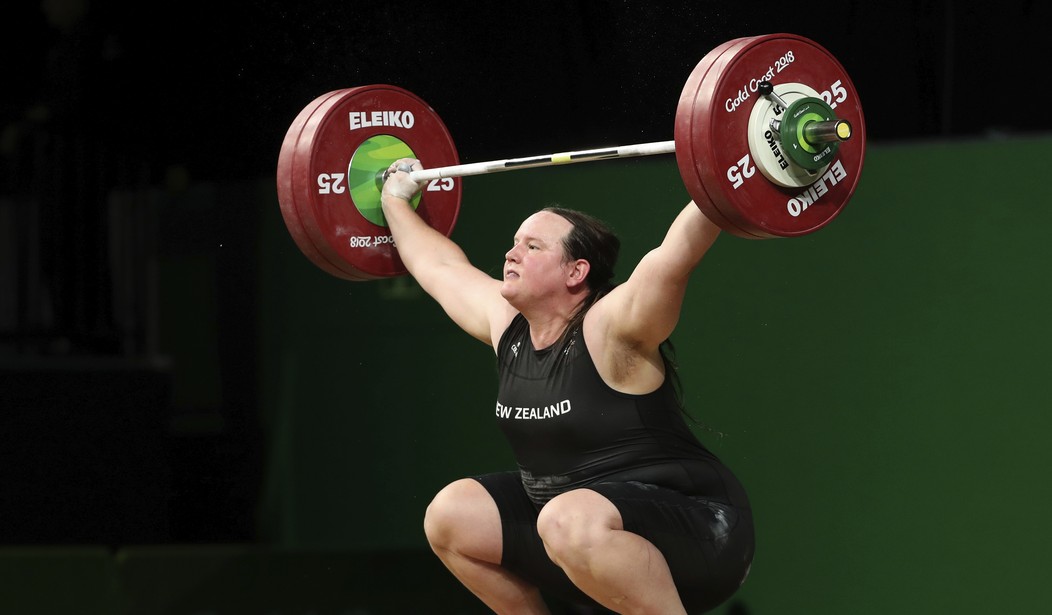The Olympics will be implementing new guidelines regarding trans-identified athletes. The new criteria come amid a widespread debate over biological males competing with female athletes.
In some ways, the changes might make sports safer and fairer for women athletes. However, there are still serious problems with how the gender issue is being handled.
The criteria will vary significantly depending on the sport’s governing body’s regulations. In sports such as track and field and swimming, athletes must have transitioned before reaching Tanner Stage 2 of puberty or before the age of 12.
This requirement effectively limits the eligibility of many trans-identified men, as it is rare for people to transition this early.
After the Tokyo Olympics, in November 2021, the International Olympic Committee instituted new guidelines for transgender athletes. However, each sport’s international federation makes the final call on who can compete as a woman and who cannot. The IOC recommended that individual sports organizations balance inclusivity with fairness, but it left each federation to navigate the details depending on the demands of each activity.
Many sports, including track and field, weightlifting, swimming and cycling, have instituted new rules that bar transgender women who went through puberty as males. In 2021, New Zealand weightlifter Laurel Hubbard, who transitioned from male to female after puberty, was the first openly transgender athlete to compete at the Olympic Games. She was permitted to compete in the Olympics since her testosterone levels were below a particular level. Under the new rules, she would no longer be eligible to compete.
Other sports employ different policies, focusing on hormone levels instead of the timing of the transition. For example, tennis requires male athletes to maintain testosterone levels below five nanomoles per liter for at least 12 months prior to the competition. Archery and the triathlon require levels below 2.5 nanomoles per liter for two years before the event.
However, some sports have banned biological males from women’s sports completely. World Rugy and the World Boxing Council do not allow trans-identified men to compete against women.
Predictably, females who transition to males do not have the same level of restrictions.
The revised criteria are a positive step in the right direction. However, they still allow for unfair advantages against biological females. Men who regulate their hormone levels or transition when they are minors still retain physical advantages over females. These advantages begin in the womb as males develop larger bone structures and greater muscle mass due to prenatal exposure to testosterone. This means that even without going through puberty, men have a naturally higher baseline of physical strength.
It is also important to note that cardiovascular capacity and lung function are areas in which biological males tend to have physical advantages. Men have larger hearts and lungs, which allow for more efficient oxygen delivery and greater stamina.
Even when regulating testosterone levels, the anatomy of males provides a distinct edge that cannot be mitigated through hormone treatments or early transitions.
To put it simply, it doesn’t matter what trans-identified males use for treatment. They are still bigger, stronger, and faster than women. This means that forcing women to compete against them is unfair and even dangerous. There have been plenty of reports detailing how female athletes have sustained injuries as a result of competing against biological males, which is why banning them from women’s sports makes sense.
Nevertheless, the pro-trans crowd insists on placing their gender ideology over scientific facts. They care nothing for the female athletes who miss out on victories and opportunities as long as they can pound their chests while declaring how “inclusive” they are. Fortunately, it appears the tide is turning as more people realize that the gender agenda is a gigantic farce.














